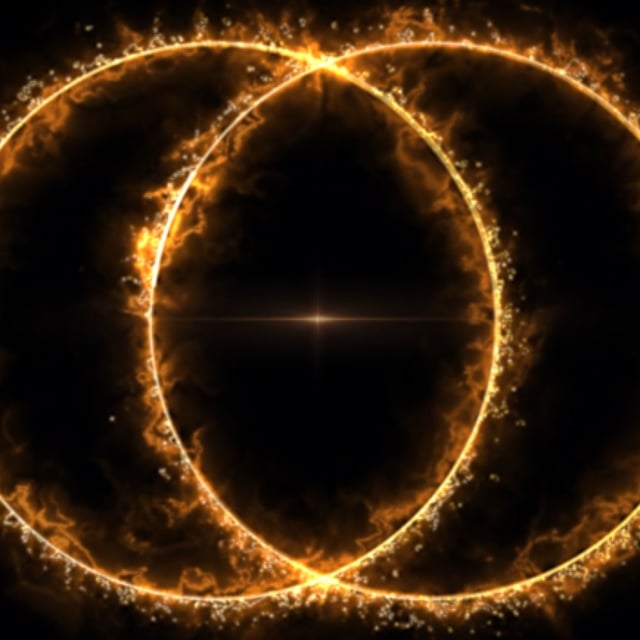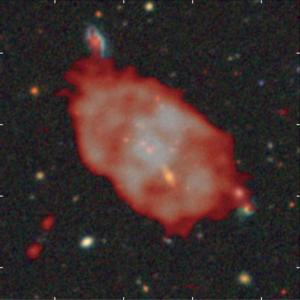Overview
- The ORC, designated RAD J131346.9+500320, lies at a photometric redshift of about 0.94 and shows two intersecting radio rings embedded in diffuse emission spanning roughly 800 kiloparsecs.
- Low-frequency measurements report a steep spectral index (α₅₄–¹⁴⁴ = 1.22 ± 0.15), which the team says is consistent with relic synchrotron emission.
- Volunteers from the RAD@home Astronomy Collaboratory identified the source in LOFAR survey maps, marking the first ORC found through citizen science and the first recognized with LOFAR data.
- The study, published October 2 in Monthly Notices of the Royal Astronomical Society, also describes two very large radio systems with ring features in cluster environments measuring roughly 10¹⁴ solar masses.
- Researchers propose that ORCs and related radio rings are fossil plasma structures shaped or reaccelerated by black-hole jets, superwinds, and hot intracluster gas, and they call for follow-up spectroscopy and larger samples from SKA, DESI, and Rubin Observatory surveys.

